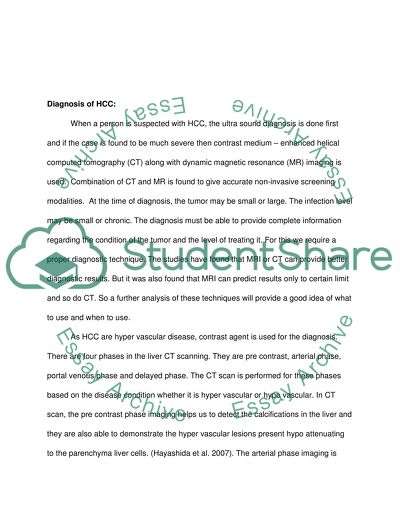Cite this document
(“Discuss the diagnostic value of CT and MR imaging in the diagnosis of Essay”, n.d.)
Retrieved from https://studentshare.org/environmental-studies/1416014-discuss-the-diagnostic-value-of-ct-and-mr-imaging
Retrieved from https://studentshare.org/environmental-studies/1416014-discuss-the-diagnostic-value-of-ct-and-mr-imaging
(Discuss the Diagnostic Value of CT and MR Imaging in the Diagnosis of Essay)
https://studentshare.org/environmental-studies/1416014-discuss-the-diagnostic-value-of-ct-and-mr-imaging.
https://studentshare.org/environmental-studies/1416014-discuss-the-diagnostic-value-of-ct-and-mr-imaging.
“Discuss the Diagnostic Value of CT and MR Imaging in the Diagnosis of Essay”, n.d. https://studentshare.org/environmental-studies/1416014-discuss-the-diagnostic-value-of-ct-and-mr-imaging.


